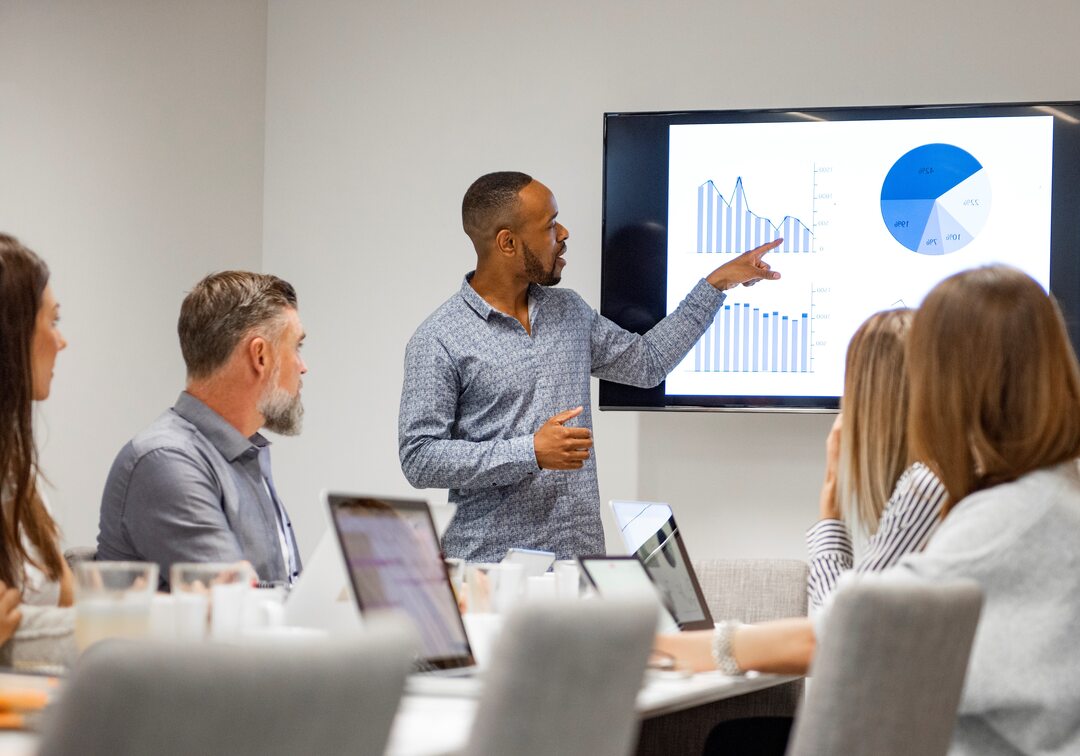
How to evaluate nonprofit board effectiveness
When volunteer board members choose to invest their time in an organisation they want to feel their participation is valuable and that they are making a difference. Likewise, their time is also valuable, and holding efficient board meetings that uses board members’ time effectively are a must.
Effective board meetings are productive and efficient. All board discussions should have a clear connection to the organisation’s mission. Boards should ensure that they only make decisions on a fully-informed basis. As well as having up-to-date information for meetings, a good board ensures that no single individual is allowed to dominate the discussion, and that the board brings forth a variety of diverse perspectives.
Are you sure that everyone in the boardroom feels that your board holds productive and efficient meetings? How can you measure your board’s effectiveness? With the right digital tools, you can do that and much more.
Ensuring board effectiveness is everyone’s responsibility
If you are the type of board member that shows up to meetings only to put in your say and leave, it’s not enough. Every board member or trustee should hold the expectation that the board secretary or governance professional is not solely responsible for all governance matters. Everyone on the board bears an equal responsibility to ensure good governance inside the boardroom and out.
To guarantee good governance, all board members should be equally committed to performing as effectively as possible, being transparent about their performance, and finding accurate ways to measure their performance. Digital tools provide a way to reflect on your duties, evaluate your strengths and weaknesses, measure your performance, and help you make improvements moving forward.
Responsibility, transparency, and accountability
On the whole, governance has been under scrutiny in recent years, as it’s been evolving along with changes across the globe. New issues have come to the surface including gender and racial diversity, and cybersecurity. Certain organisations are mandated to perform self-evaluations. Those that aren’t required to do annual self-evaluations will find much benefit in doing so.
When self-evaluations aren’t required, boards that do them demonstrate their commitment to excellence. There was never a more opportune time to take a fresh lens to the board’s role in governance.
The board’s role in governance
Changes in the environment that nonprofits operate in have forced changes in the way that organisations function and hold themselves accountable. Board evaluations should assess issues such as the board’s role, competencies, productivity, diversity, composition, and communication.
One of the biggest challenges in doing board self-assessments is that they’re subjective. To counter that challenge, boards should develop a culture around self-evaluations that presses them to be honest and genuine, and to measure the results as accurately as possible.
Download the nonprofit checklist for board effectiveness to identify areas of improvement and apply best practices for a more effective, productive and successful board.
———————————————————————————————–
Areas of board effectiveness to evaluate
The areas that boards need to evaluate will vary based on the organisation’s stage of development and the needs of the organisation.
Since the agenda is central to the board’s work, self-evaluations should include a review of the past years’ agendas. Board meetings will have some amount of routine items, but it’s important to leave the bulk of the meeting for planning and strategising. The only way to do that is to keep routine items to a minimum or use a consent agenda and place the other items in the order of importance on the agenda.
Board training and development
The board’s role is another area of importance. Board orientation, board training and development, and onboarding play a crucial role in helping new board directors to fulfil their expected duties. One of the more common issues related to the board’s role is whether board directors are able to distinguish their own duties and responsibilities from that of the management’s.
Communications and cybersecurity
Cybersecurity is a major issue with all charities and not-for-profit organisations. It’s vital for boards to protect their communications and collaborations. Board self-evaluations provide a process where the board can review their policies around how securely they communicate with each other inside and outside of the boardroom. A secure board portal and a secure digital communications platform are essential today.
Level of engagement of board members
How engaged is your board? Do all board members attend all board meetings with limited exceptions? Are board members serving on committees? Do they actively participate in board meetings or do they sit back and let others dominate the discussion? Do they arrive at board meetings on time and have they spent sufficient time in preparing for the meeting? The answers to these questions are important and most of them are fairly easy to measure.
Timeliness of board meetings
How do your board members feel about the frequency, timing, and location of meetings? Changes over time may indicate that the board should be having more or fewer meetings than it does currently. If the board struggles to get through the agenda time after time, it may be appropriate to add one or more board meetings or change the way the agenda is structured to make meetings more effective for the allocated time. Annual self-evaluations also present an appropriate time to enquire of the current members if the time and location of meetings still work for them.
Board chair effectiveness
The position of the board chair holds great importance. The person who holds this position should have excellent knowledge of corporate governance and be capable of educating the rest of the board about good governance principles. The board chair needs to have strong leadership and facilitation skills, and should lead by example. A skilled board chair is capable of engaging all board directors and be able to mentor and encourage each one of them. During discussions, the board chair should encourage dissenting opinions while monitoring the discussions to maintain a tone of collegiality.
How technology can help
Quality board members play a direct role in the organisation’s overall effectiveness. Board self-evaluations are necessary to measure the board’s performance to help reassure the stakeholders that the board is diligent in their responsibilities. The good news is that measuring your board’s effectiveness is made much easier by using a board management solution such as BoardEffect.
With BoardEffect, the board can take advantage of digital tools for planning the agenda, scheduling critical board cycles, and following up on important actions. The software also includes a built-in survey tool that works perfectly for board self-evaluations and any other issues that the board chooses to explore further.
BoardEffect provides innovative boardroom technology to nonprofit organisations. As a Diligent brand helping to serve over 14,000 mission-driven organisations, we empower boards with the tools to drive positive change. Our secure board management software helps to streamline operations, enhance governance practices and enable confident decision-making. With BoardEffect, mission-driven organisations can unlock potential, accelerate mission delivery and make a lasting impact in their communities.







